Run to paradise in the Town of 1770, Queensland
I’ve had the time of my life and I owe it all to the Town of 1770.
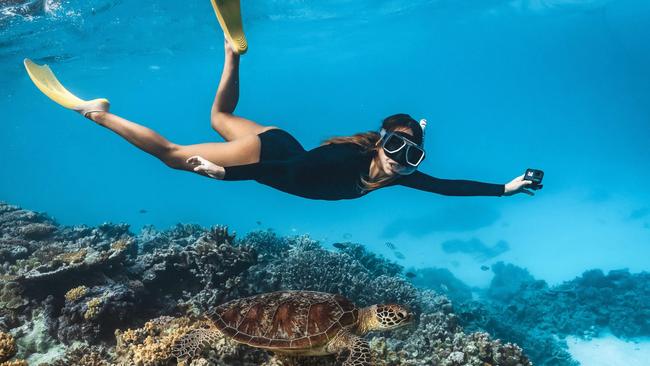
The butterflies would be there by now, gathering in their thousands for the winter. Adhering only to Newton’s oft-overlooked “law of colour and flight” that proves there’s no prettier creature on Earth than a blue tiger butterfly from Queensland.
They flutter now in my memory, these busy creatures that get a measly half-a-year to live – the price of beauty. My wide-eyed kids stare dumbstruck at their glorious colour show deep inside the forest on the rugged Gladstone coast headland overlooking the place where the Endeavour anchored 250 years ago.
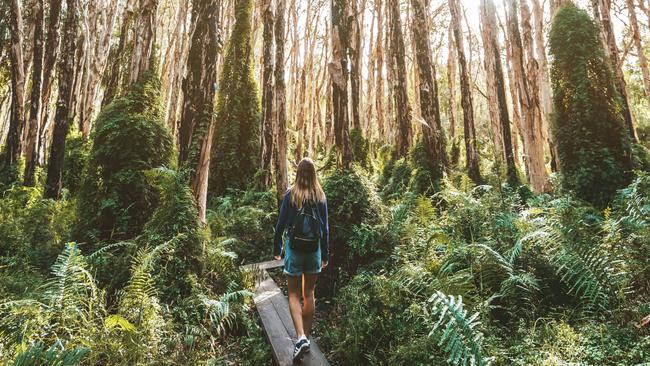
Take a look when you can. Take a Captain Cook. You’ll see nothing much has changed since 1770. Nice little bar and restaurant by the water. Good pizzas. A spare campsite or three. But the weather, the water, the butterfly wings – just like how them redcoats left it. And aren’t these the best places to go? When the world changes so fast, places like 1770 still move at their own unhurried speed. There’s something slow-cooked about the place that always makes us Bris-folk rush to it.
Town of 1770. Town of 1985. This is potato scallop country. Have-a-Heart country. The kind of place where you want your burger to come with beetroot and a fried egg. You swim for six hours in front of your campsite in water warmed by Queensland’s so-called winter (it lands on a Saturday this year) until someone pipes up and says, “Am I the only one who could murder a Chiko Roll right now?”
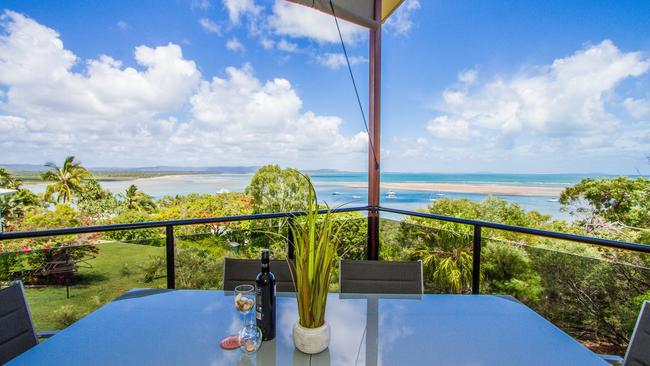
All the local fishermen are called Keith or Gary or Bruce. You grab a fishing rod, a cup of wriggling live worms and a chair and find yourself a secluded bend of the beach away from the swimmers and stand-up paddleboarders. You park yourself there with an ice-cold XXXX and find an easy-listening AM station on the portable wireless you got for Father’s Day and suddenly it’s just you and Karen Carpenter and Bob Seger and a dusky flathead that feels like lunching on worm and metal. Then you mosey on back to the campground with a nice beer buzz and look across the beach and you could swear that’s the smell of Le Tan and you know someone’s been settling in for the six-hour slow burn, and that’s just fine because it’s 1985. Simpler times. Nothing dangerous about 1985. Pre-Covid, when your wife was your girlfriend and the height of responsible hygiene was tossing your Juicy Fruit before a tongue pash.
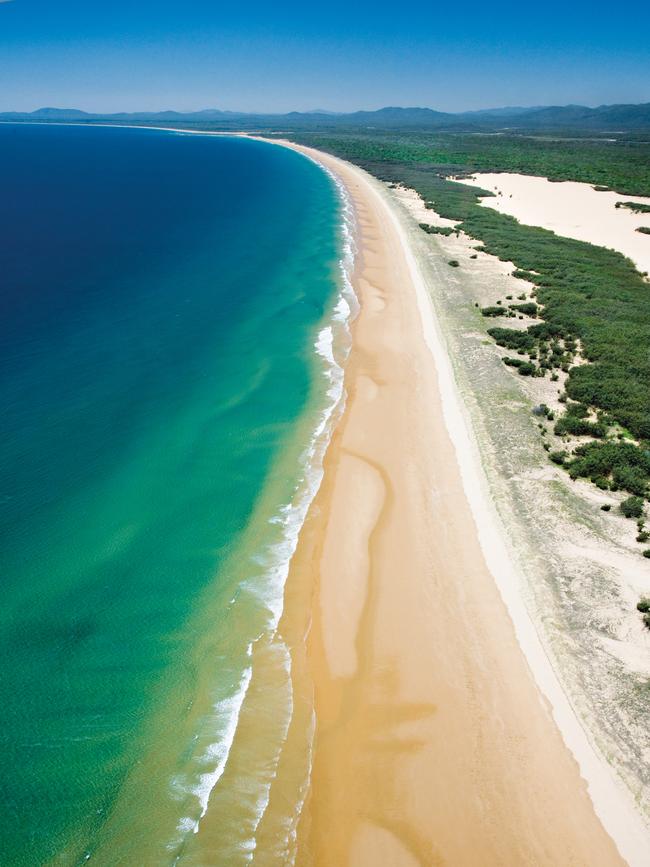
Run from 2020. Escape from here and now. Run to paradise. Run to your silly Covid-19 daydreams. Toyota packed to the gills. An extra strap around the roof pod. A six-hour drive through Queensland’s glorious Wide Bay-Burnett region. I spy with my little eye something beginning with “S”. Seashells by the seashore. Salvation. Sanctuary. Seventeen Seventy.
The kids scamper to the beach before you can say “no swimming before the car’s unloaded”.
Two sisters playing wheelbarrows across the golden sand, finessing their Dirty Dancing lifts in the shallows. I’ve had the time of my life and I owe it all to the Town of 1770. I’ve seen turtles and dolphins and whales. I’ve kayaked across a fever of stingrays. I’ve drunk $15 white wine that tastes like $500 when sipped before a setting sun over 1770. And that’s the thing about this dream. It’s all so bloody affordable. No Noosa tax here. No Byron surcharge. Genuine Town of 1770 prices.
Cook wrote in his journal about making “a little excursion into the woods” of this area while some of his men went fishing. They caught “not above a dozen very small fish” only because they never got to talk secret fishing spots with Gary at the bait and tackle shop. Cook saw little potential in the area: “The country is visibly worse than the last place we were at, the soil is dry and sandy and the woods are free from under wood of every kind.” He saw it as an imperfect place to create a colony when it was only ever meant to be the perfect place to crack a tinny. Joseph Banks, the ship’s botanist, had a better handle on it. He walked through the area like my kids do, craned neck, eyes up to the treetops, to the birds, to the butterflies. He boxed up 55 rare plant specimens and asked his gifted mate, Sydney Parkinson, to sketch them on the way back to Blighty.
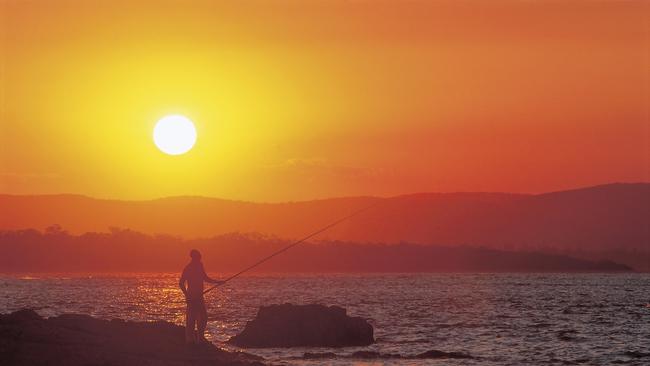
I reckon Banks knew the secret of 1770. It’s not a place for thousands of people. It’s just a place for mum, dad and a couple of kids. You don’t build tall towers in a place like this, you build memories, daydreams. Sun-drenched ones where everything is slow and golden. Starlit ones where anything is possible in a child’s eyes. Daydreams about blue butterflies that choose to spend most of their short time on Earth in flight. They’d be there by now. And we’ll be there, too, soon enough.
Perfect for: Time travellers.
Must do: Take in the famous 1770 sunset from the beach, parkland or foreshore cafe. Discover flora and fauna in Joseph Banks Environmental Park. Walk from 1770 Headland Lookout to Agnes Water Beach, keeping an eye out for whales. Join a reef cruise or fishing charter; day tours and transfers operate from 1770 marina to Lady Musgrave Island.
Stay: Accommodation ranges from camping and holiday-park cabins to self-contained bungalows (1770beachshacks.com) and luxe houses – see 1770beachaccommodation.com.au.
Dining: There are a few cafes in 1770 and more options in nearby Agnes Water.
Getting there: Fly to Bundaberg or Gladstone and drive about 90 minutes to 1770. Transfers (about 40 minutes) available from Miriam Vale train station.
TOWN OF 1770, QUEENSLAND
visitagnes1770.com.au


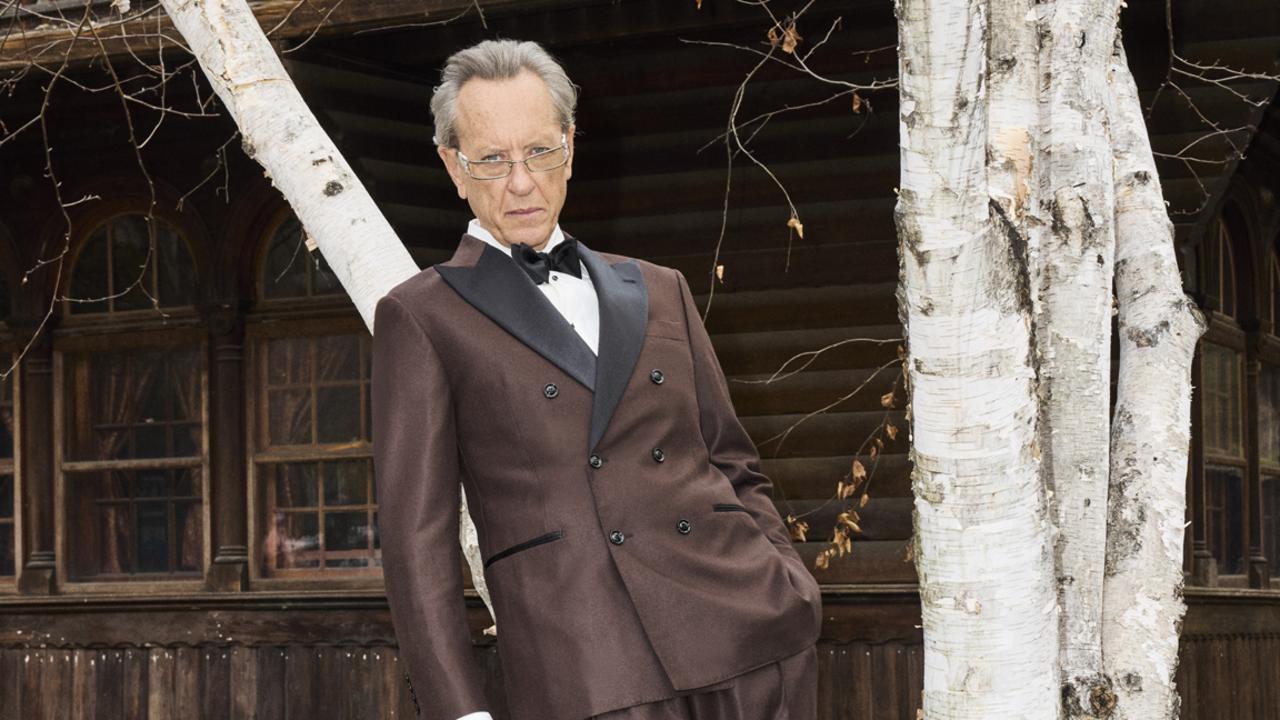

To join the conversation, please log in. Don't have an account? Register
Join the conversation, you are commenting as Logout